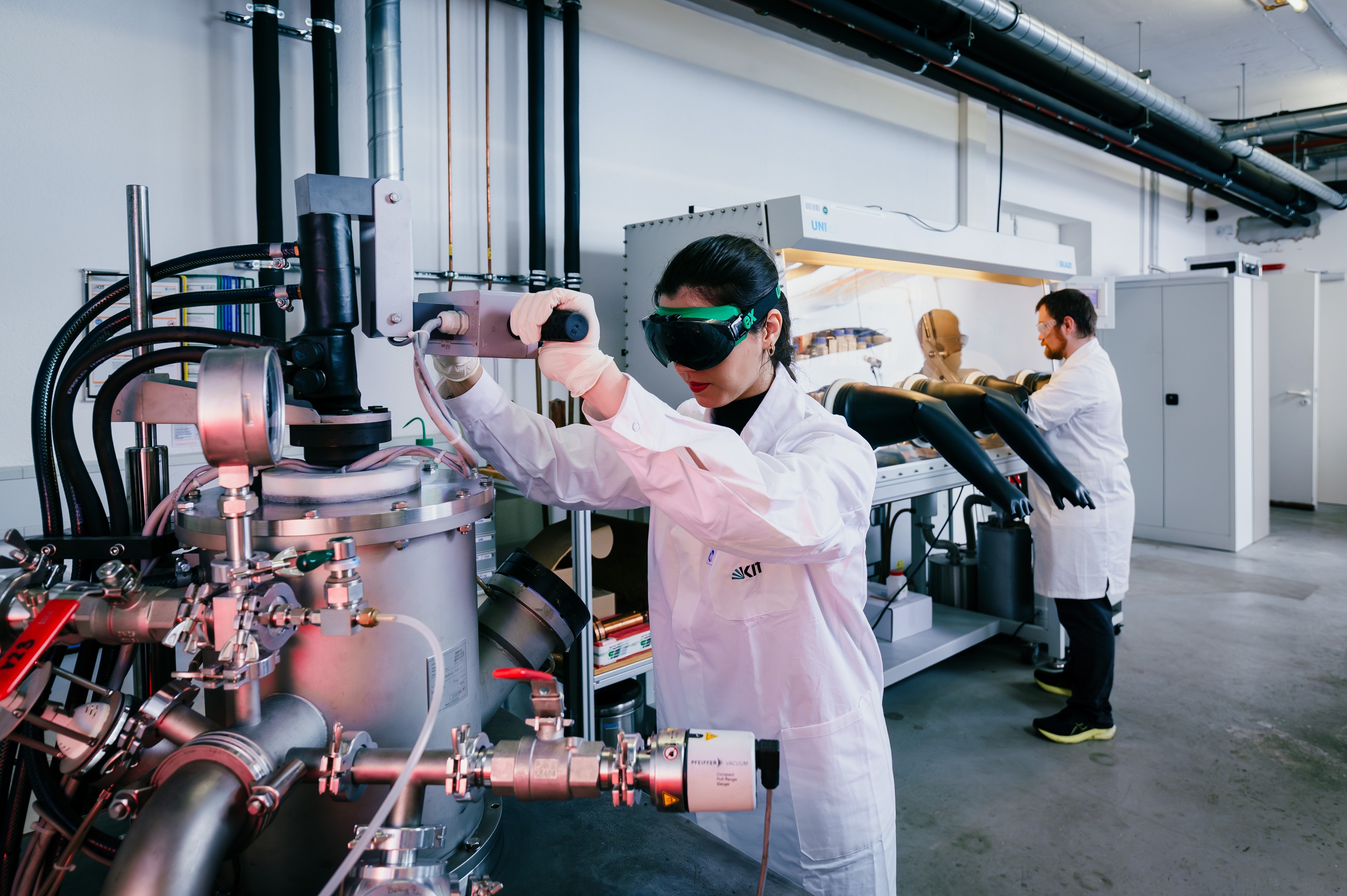- Ruhr-Universität Bochum

Novel metal alloy resists extreme conditions
A research team co-led by Prof. Dr. Alexander Kauffmann of Ruhr University Bochum, formerly at the Karlsruhe Institute of Technology (KIT), has developed a new refractory metal alloy combining chromium, molybdenum, and silicon.
The material is both malleable at room temperature and highly resistant to oxidation and extreme heat, with a melting point near 2,000°C.
Compared to conventional nickel-based superalloys, which function reliably up to about 1,100°C, the new alloy could enable operation at roughly 1,300°C. This advancement offers potential for improved efficiency and durability in turbines and other high-temperature applications.
The study was published in Nature on October 8, 2025, as part of the DFG-funded MatCom-ComMat research program.
